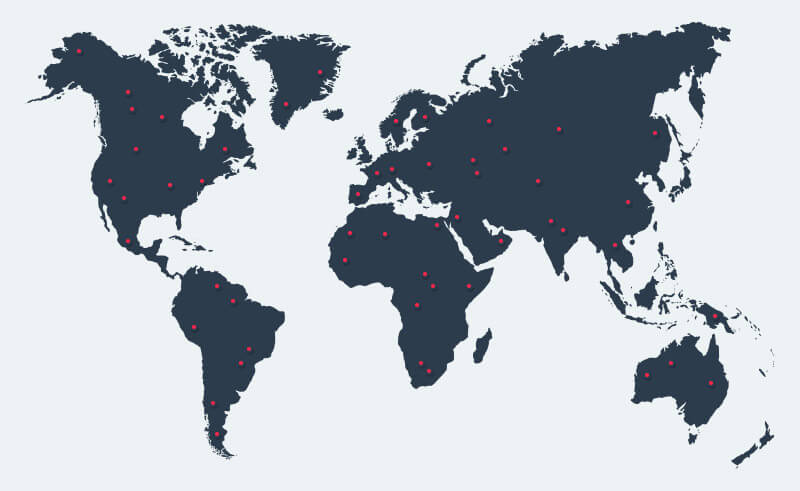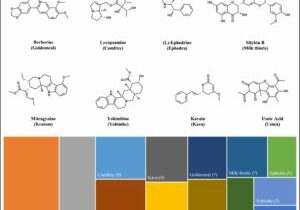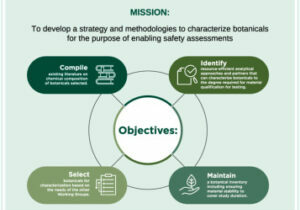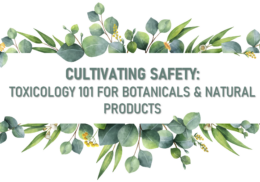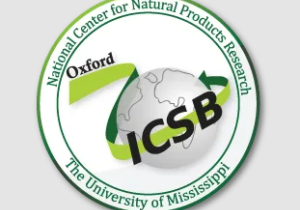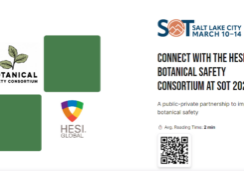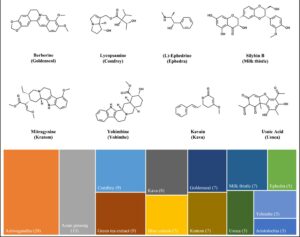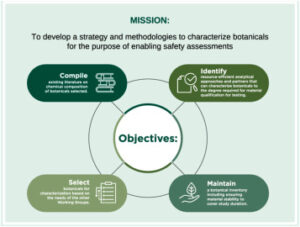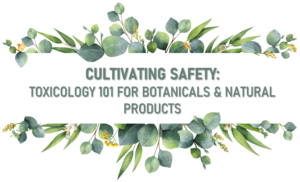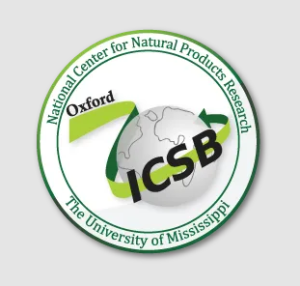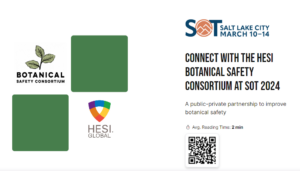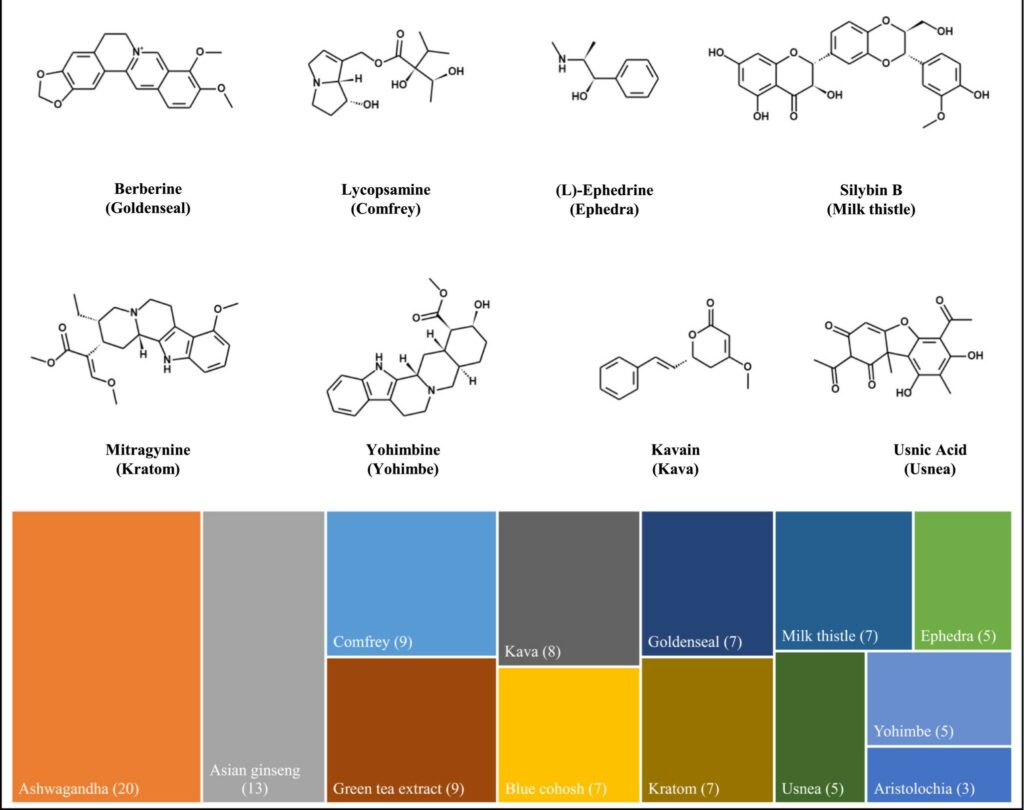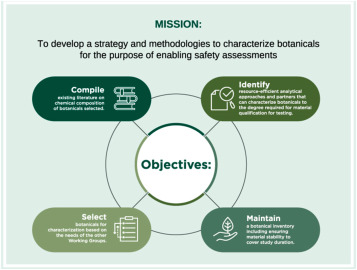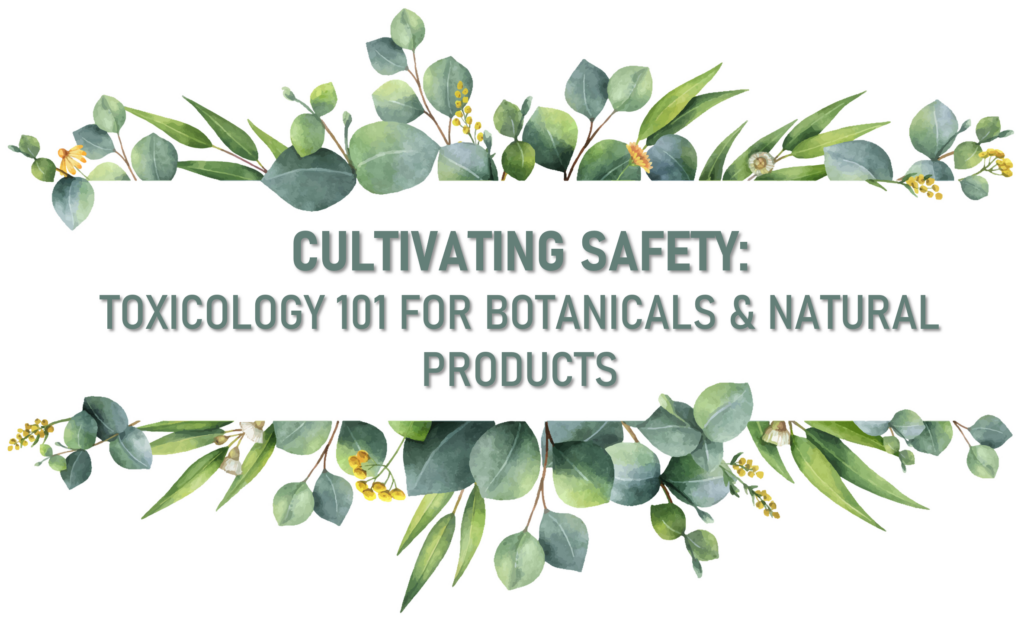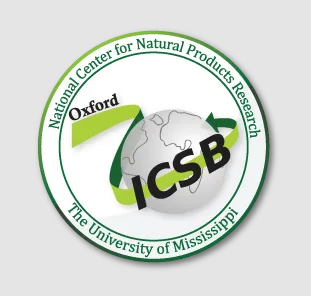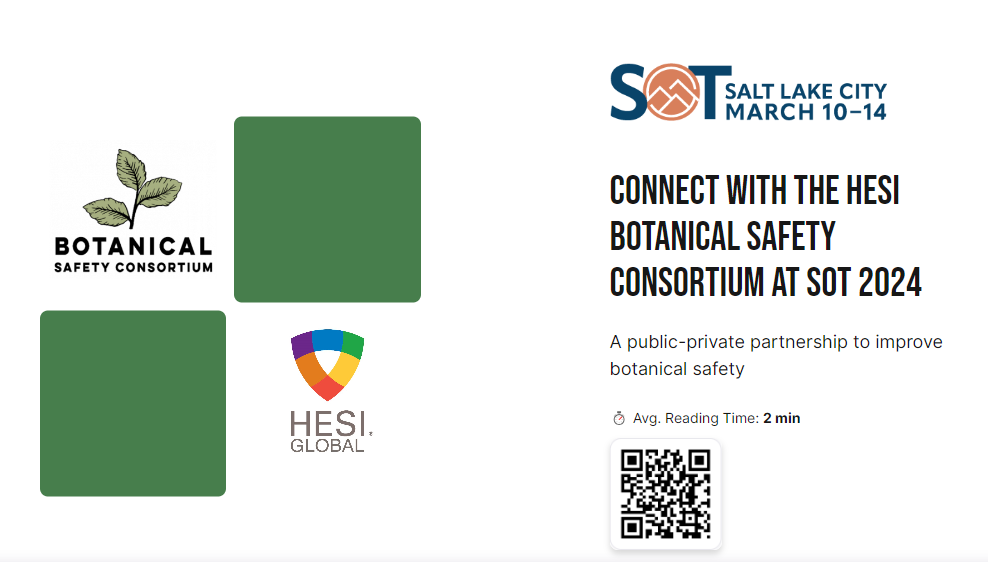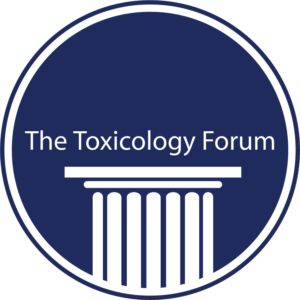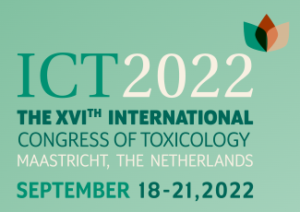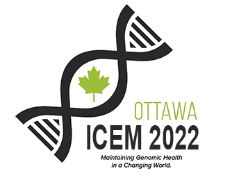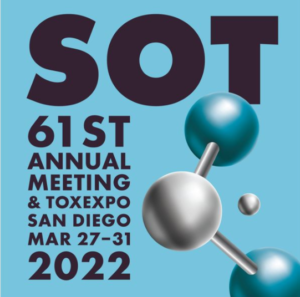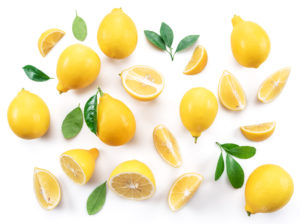New publication: Prediction of physicochemical and pharmacokinetic properties of botanical constituents by computational models
A newly published study from the Botanical Safety Consortium used computational models to predict the physiochemical and pharmacokinetic properties of botanical constituents. This study investigated 103 major compounds from 13 botanicals (e.g., ashwagandha, kratom, and yohimbe), providing insights into their absorption, bioavailability, and safety profiles. The in-silico predictions could help guide future safety studies and the…
New publication: Within-laboratory reproducibility of Ames test results: Are repeat tests necessary?
A cross-sector group of experts from the Health and Environmental Sciences Institutes (HESI)’s Botanical Safety Consortium (BSC) and Genetic Toxicology Technical Committee (GTTC) analyzed data from the National Toxicology Program (NTP) Ames test database to evaluate the need for repeat testing when assessing the mutagenic and carcinogenic potential of chemical compounds. Key Findings: High reproducibility for initial positive and…
Botanical Safety Consortium Summit 2024
Thursday October 10 and Friday October 11 2024 In-person: The National Institute of Environmental Health Sciences (NIEHS), Durham, NC, USA Virtual: TBA The Botanical Safety Consortium (BSC) will hold it’s first in-person meeting (with virtual option) at NIEHS in Durham, NC in October 2024. The in-person meeting is limited to members, with preference for steering…
New publication: Advancing botanical safety
Advancing botanical safety: A strategy for selecting, sourcing, and characterizing botanicals for developing toxicological tools. Waidyanatha et al., February 2024. Food and Chemical Toxicology. https://doi.org/10.1016/j.fct.2024.114537 Increases in botanical use, encompassing herbal medicines and dietary supplements, have underlined a critical need for an advancement in safety assessment methodologies. This manuscript highlights: 1) Botanical Safety Consortium’s strategy for…
New publication in Food and Chemical Toxicology
Neuroactivity screening of botanical extracts using microelectrode array (MEA) recordings Regina G.D.M. van Kleef, Michelle R. Embry, Constance A. Mitchell, Remco H.S. Westerink. Food and Chemical Toxicology. https://doi.org/10.1016/j.fct.2024.114438 The HESI Botanical Safety Consortium collaborates to develop screening strategies that can efficiently identify botanical-induced toxicity. The study presented here evaluates the applicability of in vitro multi-well microelectrode…
International Congress on Natural Products Research (ICNPR)
13 – 17 July 2024 The Botanical Safety Consortium is holding a training course as part of the meeting on Saturday 13 July entitled “Cultivating Safety: Toxicology 101 of Botanicals and Natural Products.“ This course will offer a deep dive into the world of botanicals, bridging the gap between their traditional uses and modern applications in supplements,…
ICSB 2024
15 -18 April 2024 The Botanical Safety Consortium will be in attendance and presenting at the 22nd International Conference on the Science of Botanicals. Speakers include Connie Mitchell (HESI), and committee members Cynthia Rider (NIEHS), Amy Roe (P&G), Bill Gurley (U of Mississippi), and Holly Johnson (AHPA).
34th German Society for Environmental Mutation Research Meeting (GUM)
20 – 22 March 2024 The Botanical Safety Consortium will present two posters at the 34th German Society for Environmental Mutation Research Meeting (GUM). When: 20 – 22 March, 2024 Where: Kaiserslautern, Germany A Strategy for Developing a Robust Framework of Genotoxicity Assays for Safety Assessment of Botanicals The Botanical Safety Consortium: Collaborative Effort to…
SOT 2024
10 – 14 March 2024 The BSC will be presenting at SOT 2024 in Salt Lake City, UT, USA. Monday, March 11@1:45-4:30pm Symposium Session: Botanical-Induced Toxicity: Liver Injury and Botanical Drug Interactions, chaired by Amy Roe (P&G). BSC speakers include Steve Ferguson (NIEHS), Philip Yeager (US FDA), Mary Paine (Washington State University), Igor Koturbash (university Arkansas…
Botanical Safety Consortium: Introduction and Updates
18 January 2024 Connie Mitchell, Michelle Embry & Julie Krzykwa will be presenting to the US FDA Center for Food Safety and Applied Nutrition (CFSAN) to update the progress of the HESI Botanical Safety Consortium.
The Botanical Safety Consortium (BSC) was officially convened in November 2019, as the result of a Memorandum of Understanding between the US Food and Drug Administration (FDA), the National Institutes of Health’s National Institute of Environmental Health Sciences (NIEHS), and the non-profit Health and Environmental Sciences Institute (HESI).
Get Involved
At a Glance
Learn More
Our current charge is to evaluate the suitability of assays for botanicals as complex mixtures.
Latest News
Toxicology Forum 2023 Winter Meeting
23 January 2023 HESI Botanical Safety Consortium event titled “Advancement of Botanical Safety Using New Approach Methodologies” at the Toxicology Forum 2023 Winter Meeting on January 23, 2023…
BSC Webinar: An In-Silico Method To Predict Cardiotoxicity In Botanical Substances
29 November 2022 The HESI Botanical Safety Consortium will host a webinar on Tuesday November 29 at 11 am ET from Dr. Jeremy Billson (InoCardia) entitled “An In-Silico…
BSC at the 33rd German Society for Environmental Mutation Research Meeting (GUM)
6 October 2022 The Botanical Safety Consortium is hosting a session at the 33rd German Society for Environmental Mutation Research Meeting (GUM). When: October 6th, 2022 4:15 – 5:45pm…
BSC Annual Meeting
27 September 2022 Due to continued uncertainties with COVID-19, feedback from our stakeholders and the goals of the meeting, we have decided to make this year’s Botanical Safety…
BSC at ICT2022
18 – 21 September 2022 International Congress of Toxicology in Maastricht, the Netherlands 18 September to 21 September “New Approach Methodologies to Evaluate Botanical Safety” – poster by Dr. Michelle Embry,…
BSC at the 70th International Congress and Annual Meeting of the Society for Medicinal Plant and Natural Product Research (GA)
August 28-31, 2022 The BSC is planning a workshop during the 70th International Congress and Annual Meeting of the Society for Medicinal Plant and Natural Product Research (GA),…
BSC at the International Conference on Environmental Mutagens, Ottawa
27 August – 1 September 2022 International Conference on Environmental Mutagens in Ottawa, Canada 27 August to 1 September 2022 – “A Strategy for Developing a Framework of Genotoxicity Assays for…
BSC at ICSB 2022
March 28-31st, 2022 The Botanical Safety Consortium will have a session at the International Conference on the Science of Botanicals (ICSB 2022) entitled “Botanical Safety Assessment: Updates from…
BSC at SOT 2022
March 27-31st, 2022 The Botanical Safety Consortium presented at the 2022 Society of Toxicology meeting, which was held virtually and in person in San Diego, CA March 27-31,…
Botanical Safety Consortium Stakeholder Council Webinar Series February 22, 2022 @ 11am EST
Chemical Safety of Phytomedicines – Perspectives for in vitro testing strategies? The Botanical Safety Consortium hosted an open webinar on Tuesday 22 February 11 am -12 pm ET.…
